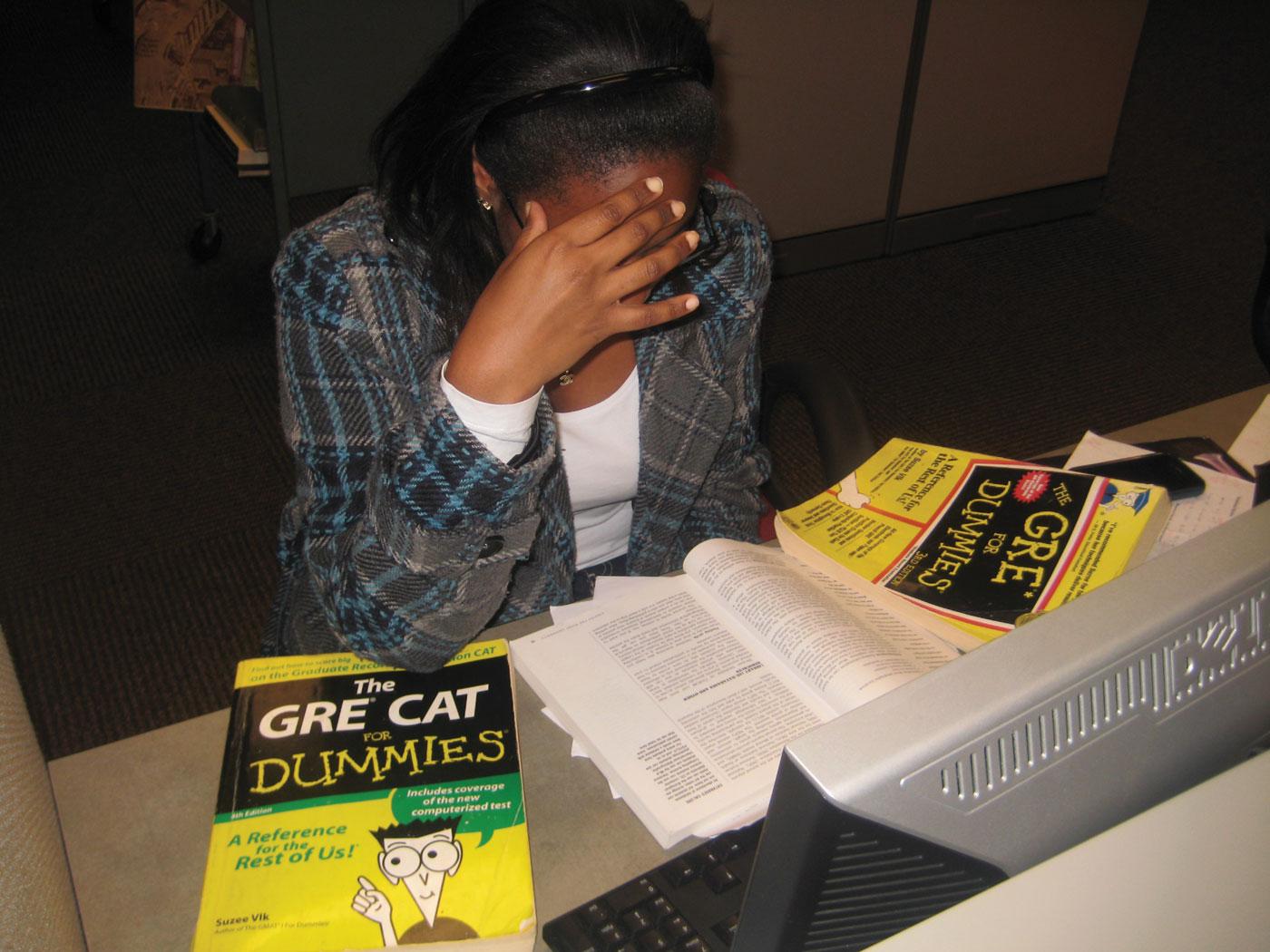Applying to Graduate School: Can We Get a Common Application, Please?
You’d Think These Academic Geniuses Could Come Up with an Easier Way to Apply
December 7, 2011

I can’t believe it has been four years since I applied to Fordham. It was fairly simple applying to all my choice colleges, since I relied on the Common Application. In its beautiful simplicity, it collected all the basic information (our names, contact information, educational backgrounds) that all schools inevitably require. Depending on the schools you then applied to, you could either submit the Common Application or fill out a supplemental form answering essay questions particular to the institutions. If only applying to graduate school were this easy.
I expected the Graduate Record Examination (GRE), the standardized entrance test required for most graduate schools, to be the most stressful part of the application. Having taken it in summer, I figured it’d be smooth from there on out. I had my letter writers picked well in advance, put together a collection of universities to apply to and requested a transcript to make sure everything was in order. Then, all happy with myself, I officially started with the application process. Turns out, this is the worst part of applying.
Instead of having anything resembling the common application, each graduate program requires its own account. Sure, why not. But as I went through the applications, I noticed that most schools rely on two companies to provide their application: Embark or Hobson. So it’s not that I had to fill out multiple forms, but that I was filling out the same form repeatedly. Particularly economics programs, to which I am applying, should find some value in efficiency and reducing repetition.
If it were just a matter of demographic information, it wouldn’t matter so much. Although I noticed that the more often I filled out a form, the more likely I was to make a mistake. Carefully looking over the application before submitting is a must, of course, but it’s a source of errors that could be avoided by relying on a single form. It’s easier to double-check one form than 10. Moreover, graduate schools also require a scanned copy of the applicant’s transcripts. If you’re applying to 10 schools, you have to upload it 10 times.
The inconveniences to the applicant might be forgiven just because that’s one way to limit applications. Make it more time consuming for the student, and he or she will apply to fewer schools. However, it’s not just students who waste time. I feel sorry for my letter writers, who have to create an account for each school that they are uploading a letter to.
Applicants to law schools have it easier, thanks to the Law School Admissions Council (LSAC), the organization behind the LSAT admissions test. They collect an applicant’s information and credentials (transcripts, recommendations, etc.) and send them to law schools along with the LSAT score. Thus, a student merely sends his or her transcripts to one place and fills out an online form once. Those who write letters of recommendation, too, have it much easier: they only have to deal with one system.
A common application system would also reduce costs for students. Instead of sending GRE (or GMAT, for business students) scores to each school, one could simply send the report to the application provider, which then reports it to the schools. With less money to spend on score reports, students could choose to apply to more schools. Not only would that increase the chance of students finding a good match, it would also help universities outside of the top tier increase their revenue from application fees.
It’s not all bad though. One of my schools still requires an offline application, giving a glimpse of the nightmare that applications used to be. I gave my letter writers a stamped postcard to include in their mailing, which I hope the school will return to me so I know the letter has been received. Writing a postcard to myself was a rather sad experience, but it’s virtually the only way of knowing whether something has been received or not. Online applications promise to update the applicant when material has been received. Whether or not that actually happens, I won’t figure out for a few more weeks.
In the meantime, I will continue to rely on an Excel file to track deadlines and application materials. But frankly, this should all be done in one common application system. The Educational Testing Service, the company behind the SAT and the GRE, should copy the LSAC and offer a common application. Not just for the sake of our own time, but also for that of our professors who have to navigate the numerous accounts for multiple students at a time.










Shahmeer • Aug 12, 2015 at 4:49 pm
Educational Testing Service (ETS) is not behind SAT. It is CollegeBoard.